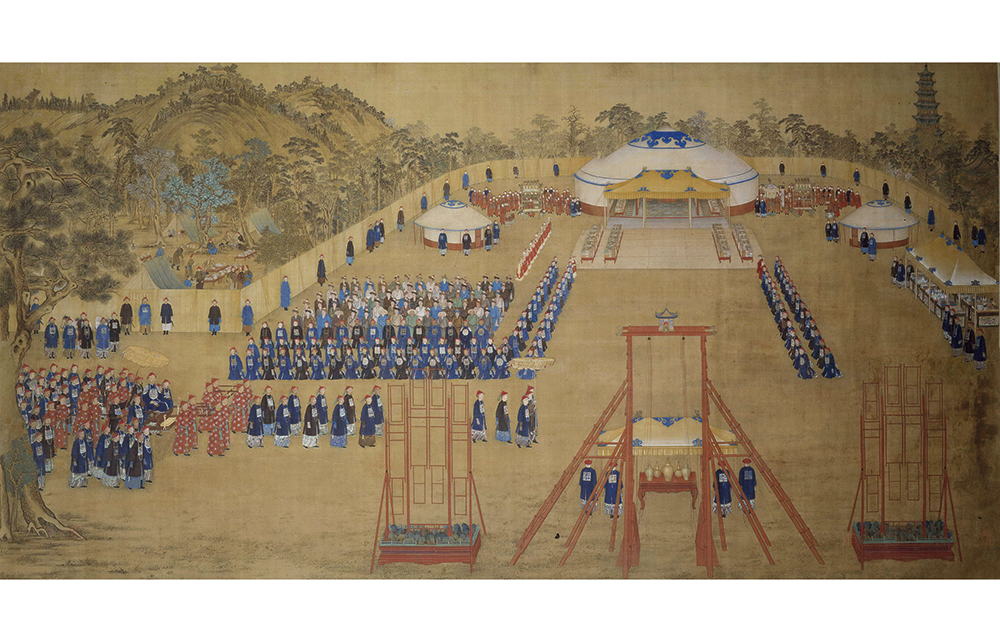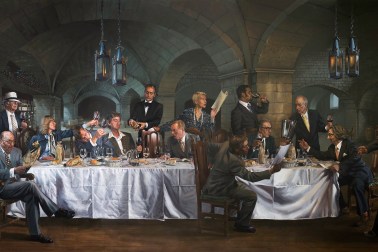In February 1985 I had the good fortune to be a guest in Hong Kong at the Mandarin hotel’s 21st birthday celebration, a lavish three-day reconstruction of the sort of imperial banquet given during the Qing dynasty by the Kangxi emperor (1654-1722) and his grandson the Qianlong emperor (1711-1799). Kangxi started the custom of banqueting during his tours of southern China – he made six between 1684 and 1707. These provincial feasts were relatively informal affairs, often held in a tent, quite different to the stifling protocol of the imperial court at Beijing, and combined some aspects of the ruling Manchu ‘Man banquet’ with the native Han Chinese ‘Han banquet.’ The full three-day Manchu-Han feast was mostly restricted to Beijing.
It was from these imperial tours, and the burgeoning cookery book publishing industry, exemplified by Recipes from the Garden of Contentment, written in 1792 by the Hangzhou poet Yuan Mei (whom Thomas David DuBois calls ‘China’s rouge and roguish gourmet’), that a national, as opposed to strictly regional, Chinese cuisine developed.

Get Britain's best politics newsletters
Register to get The Spectator's insight and opinion straight to your inbox. You can then read two free articles each week.
Already a subscriber? Log in






Comments
Join the debate for just £1 a month
Be part of the conversation with other Spectator readers by getting your first three months for £3.
UNLOCK ACCESS Just £1 a monthAlready a subscriber? Log in